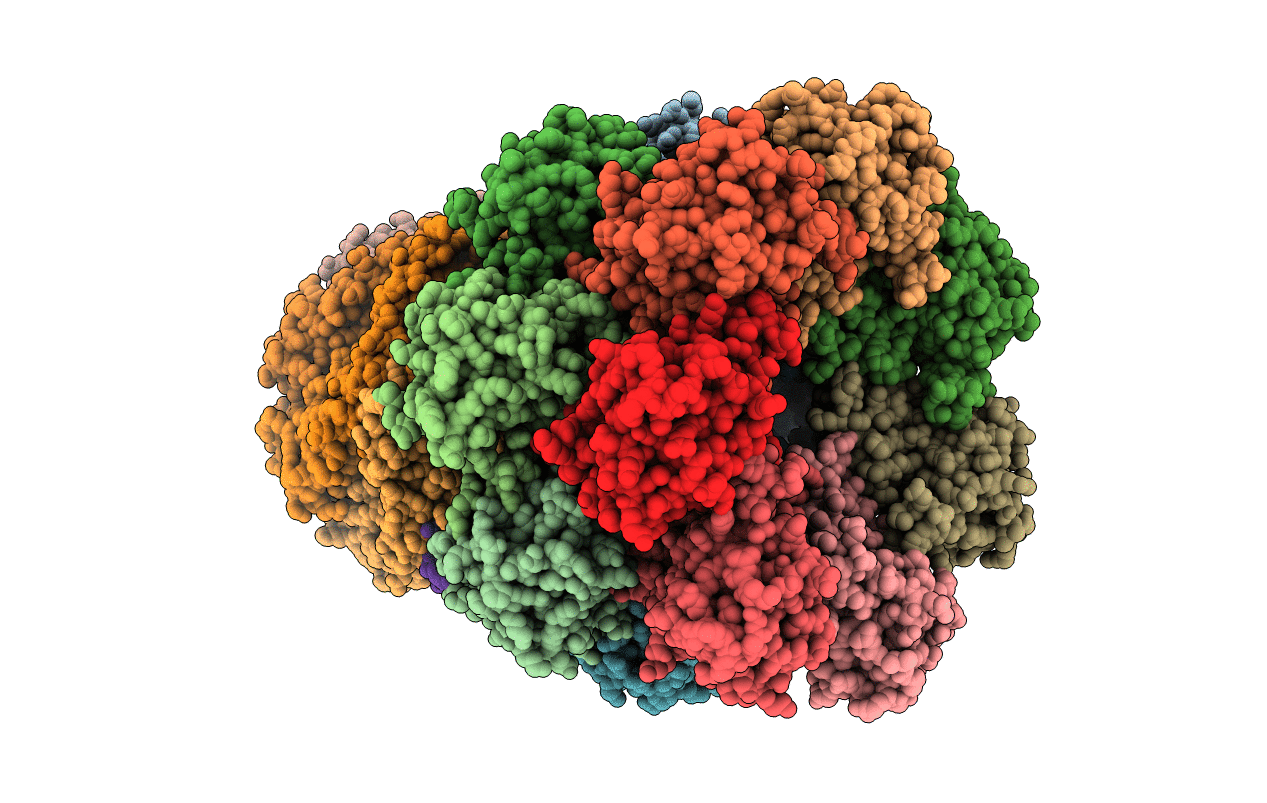
Deposition Date
2009-09-08
Release Date
2009-11-03
Last Version Date
2023-09-06
Entry Detail
PDB ID:
3JRM
Keywords:
Title:
Crystal structure of archaeal 20S proteasome in complex with mutated P26 activator
Biological Source:
Source Organism:
Thermoplasma acidophilum (Taxon ID: 2303)
Trypanosoma brucei (Taxon ID: 5691)
Trypanosoma brucei (Taxon ID: 5691)
Host Organism:
Method Details:
Experimental Method:
Resolution:
2.90 Å
R-Value Free:
0.23
R-Value Work:
0.20
R-Value Observed:
0.20
Space Group:
C 1 2 1


